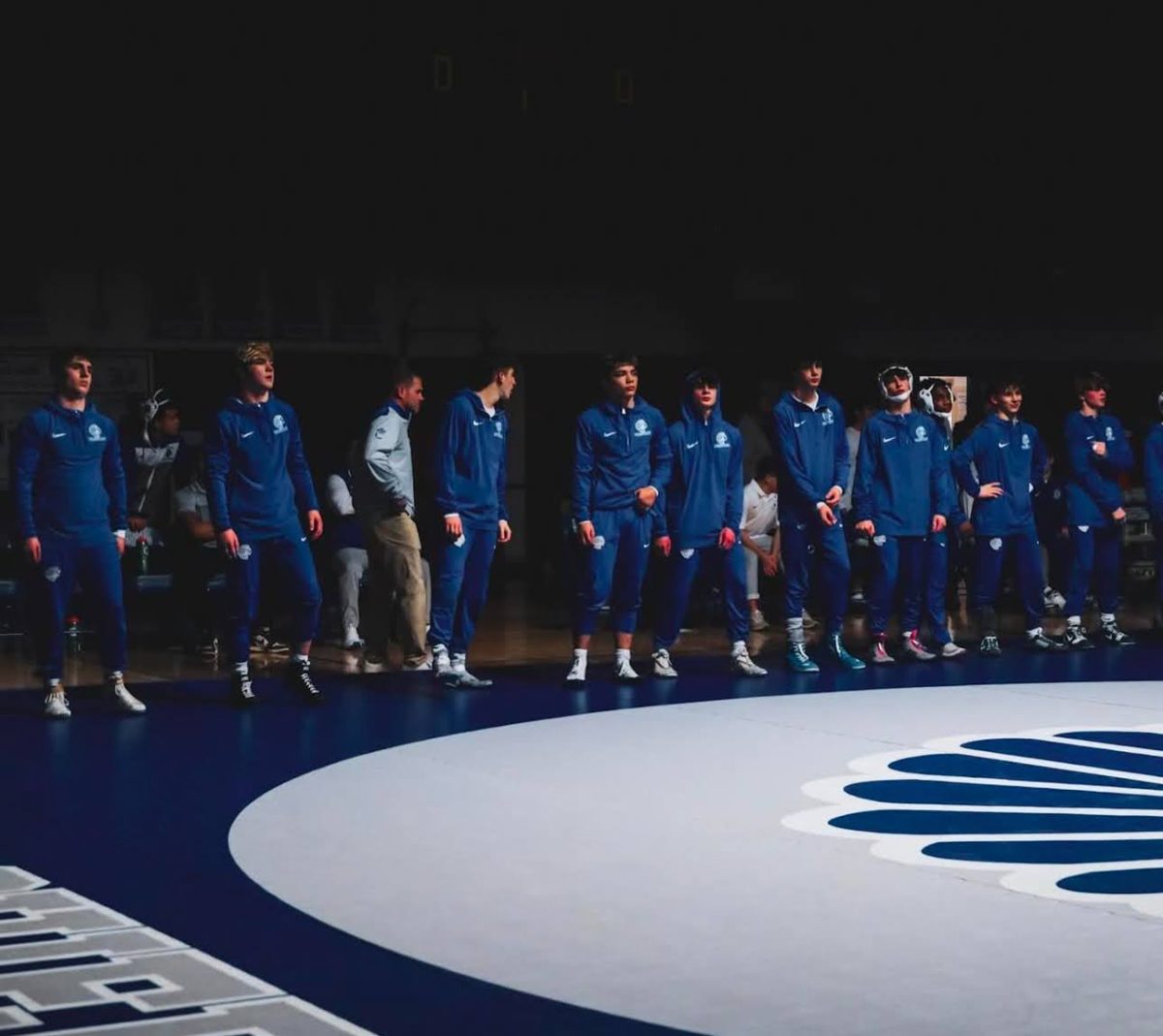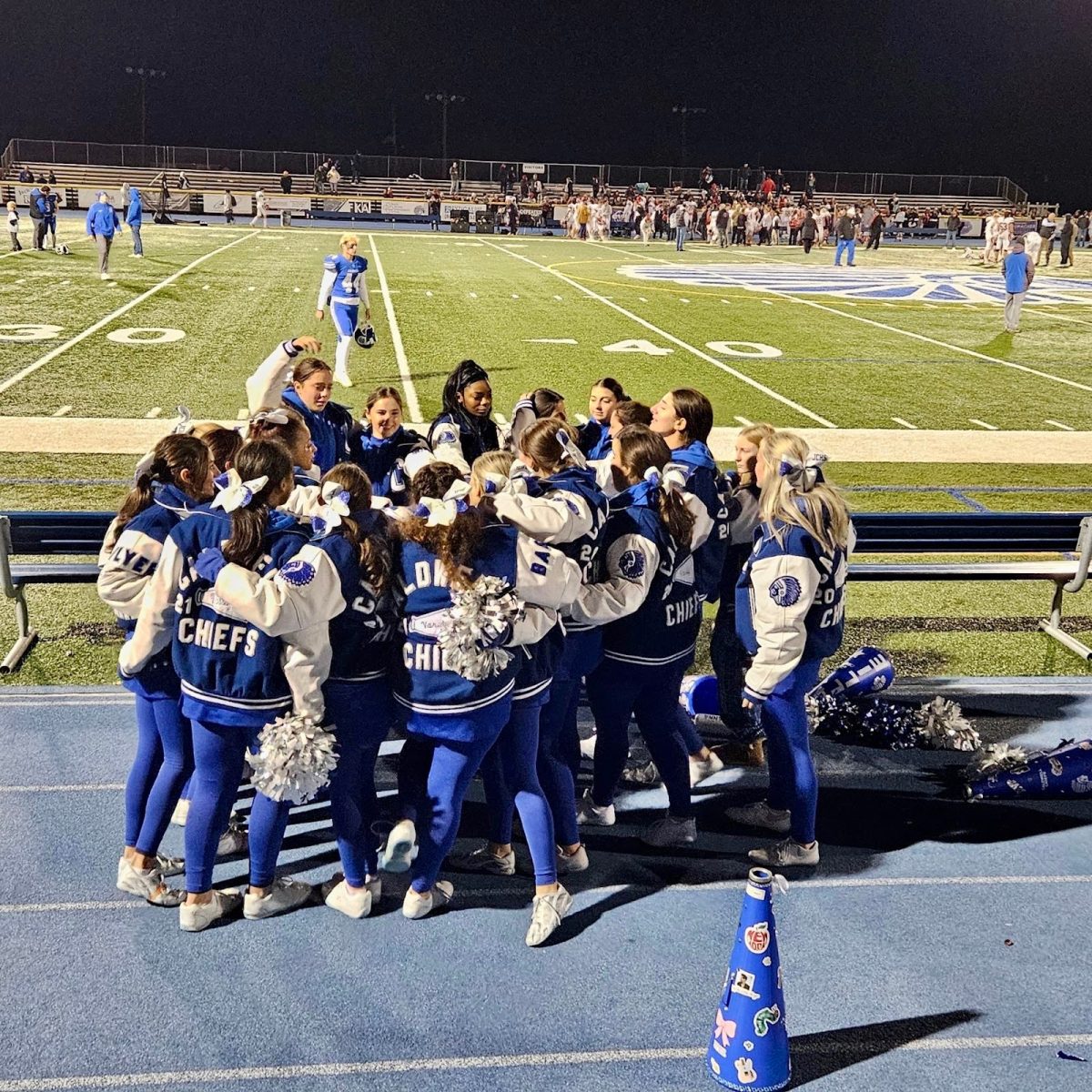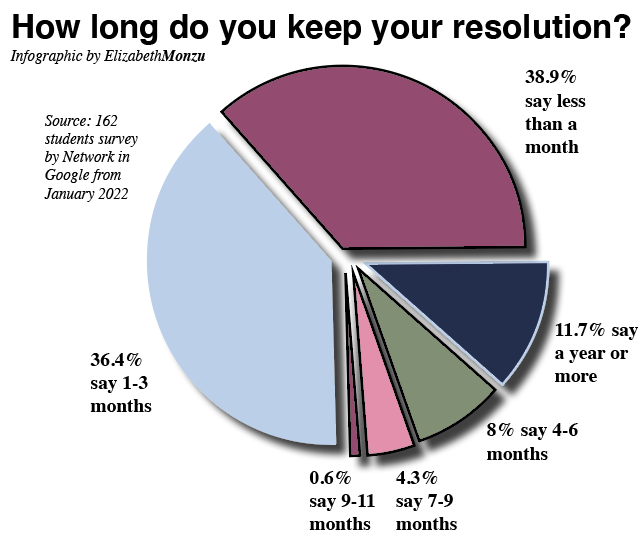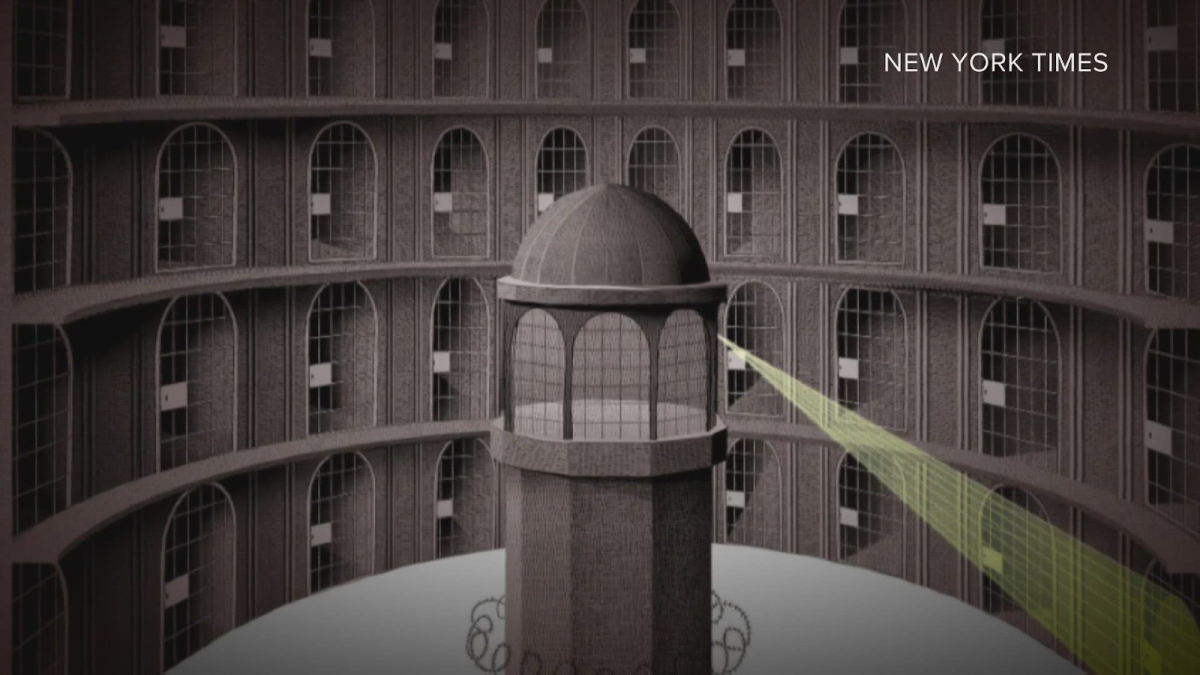On Tuesday, January 7, 2014, much of the United States was plunged into a deep freeze, caused by the Polar Vortex. All fifty states had at least one location below the freezing mark on January 7. New York City saw a low temperature of 4°F, a record low since the US National Weather Service began recording temperatures in 1870. West Caldwell plummeted to 2°F on that day, another record low. The coldest place in the nation was Babbitt, Minnesota, reaching a low of -37°F. Weather experts advised people across the nation to remain indoors as much as possible for the duration of the freezing temperatures, as it was possible to get hypothermia in less than 15 minutes in many areas, including New Jersey. In the eastern United States, the only location above freezing was southern Florida. But what caused this? What is the Polar Vortex?
To answer some of the questions the public is asking about the Polar Vortex, the Caldron conducted an email interview with Meteorologist Steve Villanueva, an on-air meteorologist for WNBC-TV (Channel 4) in New York. Villanueva described the Polar Vortex as “an upper air cyclone over the poles that meanders about. Sometimes it moves to the south too much and it allows much colder air from the north into our latitude.” Even though the New York City metropolitan area reached record lows on January 7, Villanueva said that the Midwestern United States saw even lower temperatures due to the fact that those states are closer to the core of the cold air. Across the country, the shift of the Polar Vortex on January 7 caused an estimated $5 billion in lost revenue for businesses and damages to homes and businesses. The airline industry was hit particularly hard, especially in our area. Two days before the record lows, as temperatures began to decrease, frozen runways caused a Delta Airlines jet to skid off of the runway at John F. Kennedy International Airport. There were no injuries. At the height of the cold weather, JetBlue Airlines cancelled all flights originating from and destined for New York’s Kennedy and LaGuardia Airports, Newark Liberty International Airport, and Boston Logan International Airport. Flight operations began to return to normal the following day. School closures also impacted most of the Midwest. In Minnesota, the Governor ordered that all schools and government offices close for the extreme temperatures.
Many have speculated that this shift of the Polar Vortex is a signal of climate change. Villanueva put these claims to rest, saying that “climate change is very political. The Polar Vortex has done this several times before. There is not enough research to tie this to a change in the climate.” He went on to describe the atmospheric conditions that intensified the temperatures on January 7, explaining that “high pressure to the west helped push the cold air all the way south to the Mexican border. The upper jet made a big dip allowing the cold air to plummet south.” AccuWeather blamed the dip of the Polar Vortex on a system of high pressure stretching all the way to the North Pole, which “shoved” the cold temperatures associated with the Polar Vortex further south than normal. Under normal circumstances, the Polar Vortex generally doesn’t extend further south than the US-Canada border. However, in this situation, it extended all the way into northern Florida.
Other than the abnormally cold temperatures, Villanueva described another issue that arises with the shift of the Polar Vortex. He explained that dry air moves south with cold air. He referenced our last snowstorm, during which there was a large amount of dry air. This caused a higher liquid to snow ratio, leading to greater snowfall totals. Although even Hawaii saw some freezing temperatures during this ordeal, Villanueva says that it would be tough to have extremely cold temperatures in the southern hemisphere, including the tropics.
One of the main implications of the Polar Vortex for the average person is the threat of health issues as a result of the cold. Hypothermia was the major concern across the country during the last shift of the Polar Vortex. People were warned by mass media to stay inside, or bundle up when leaving the house, as hypothermia, which can be deadly, could occur in less than 15 minutes. Villanueva advised to “use lots of layer, [consume] no alcohol, cover as much skin as possible, and limit your time outdoors.” As it is possible for low temperatures again this winter, and in the years to come, it is important to note the symptoms of hypothermia. The Centers for Disease Control and Prevention lists the symptoms as “shivering, exhaustion, confusion, fumbling hands, memory loss, slurred speech, and drowsiness.” It is important to seek medical assistance immediately and seek shelter in the event that you recognize these symptoms in yourself or others.
All things considered, the Caldwells saw relatively high temperatures, compared to the rest of the nation. At the time of writing, forecasters predict that the Polar Vortex will take another dip into the United States on Tuesday, January 21 through Wednesday, January 22. However, these temperatures are not expected to be as extreme. To conclude the interview with Meteorologist Steve Villanueva of WNBC, he described the career of a meteorologist as “fun and challenging.” As we dive into the heart of winter, it is still very possible to experience these cold temperatures again as a result of the Polar Vortex. Will you be prepared?




























